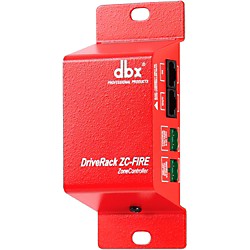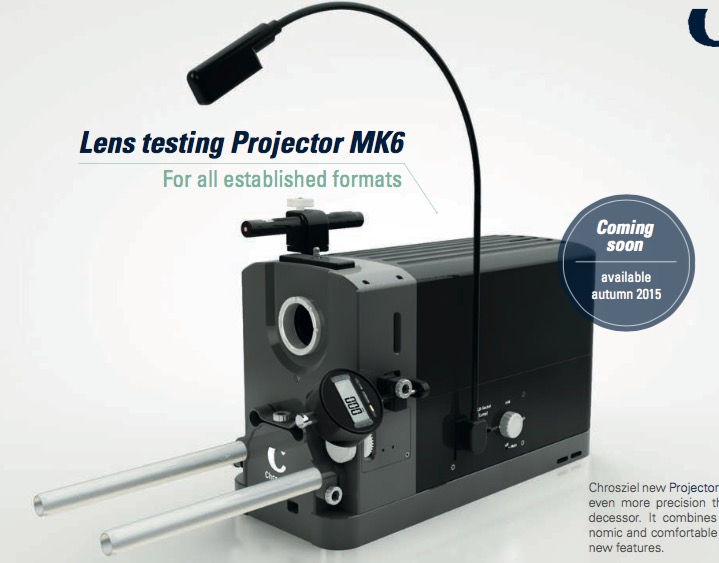Mounting The I: J: Drive For Mac
- Mounting The I: J: Drive For Mac Mac
- Mount The I J Drive For Mac Single User Mode
- Mounting The I: J: Drive For Mac Free
Step 1: Connect to the Network Drive & Save Your Login Info Before you can instruct your Mac to automatically connect to a network drive, you first need to connect to the drive manually and allow OS X to save your user name and password for that drive. To do this, select Finder and choose Go Connect to Server from the Menu Bar.
In the server connection window that appears, enter the IP address or local name of the network drive you’d like to configure to automatically mount. Click Connect to begin the connection to the network drive. If the drive or volume requires a user account and password, select Registered User and enter the required credentials. Before you press Connect again, however, make sure that Remember this password in my keychain is checked. This will let your Mac save and submit your account name and password when attempting to automatically connect to the network drive. Without it, you’ll be prompted to enter this information each time you log in, eliminating at least half of the purpose of setting up an automatic network drive connection in the first place. When you’re ready, press Connect a second time and the drive will mount if all information was entered correctly.
You can now close any open Finder windows but don’t yet unmount the network drive; we’ll use it next. Step 2: Add Network Drive to User Login Items The network drive has been manually connected and the required user account information has been saved. Now it’s time to configure OS X to connect to this network drive automatically when you log in.
Head to System Preferences Users & Groups. Select your user account from the list on the left and click the Login Items tab on the right side of the window. This shows you all of the apps, scripts, documents, and user services that are configured to launch automatically when your user account logs in. To add your network drive to this list, simply locate the network drive’s icon on your Desktop, and then drag and drop it into the Login Items list. By default, whenever a Mac connects to a network drive it opens a Finder window to display the drive’s contents. If you don’t want this to happen with your automatically mounted network drive, just check the Hide box after you add it to the Login Items list.

This will allow the network drive to mount quietly in the background, so that it’s ready and waiting for you when you need it. To test your new setup, either reboot your Mac or log out and then log back in. The exact timing will depend on your network connection and the availability of your network drive, but you should see the drive appear in Finder and your Desktop within a few seconds of logging in to your OS X user account. If you ever want to stop your Mac from automatically connecting to a network drive, just head back to the Login Items tab in System Preferences, highlight the network drive, and click the minus button at the bottom of the list. Want news and tips from TekRevue delivered directly to your inbox?
Sign up for the TekRevue Weekly Digest using the box below. Get tips, reviews, news, and giveaways reserved exclusively for subscribers.
Mounting The I: J: Drive For Mac Mac
Used power adapter for mac. Advertisement Updated by Tina Sieber. Windows and Mac OS X use What is a file system and why do they matter? Learn the differences between FAT32, NTFS, HPS+, EXT, and more. Windows uses the NTFS file system for its internal drives, while Macs use HFS+. External hard disks and USB drives are generally formatted with the Windows FAT32 file system for maximum compatibility — most devices, including Macs, can read and write from FAT32 devices.
Some Mac drives may be formatted with the HFS+ file system — some drives marketed to Mac users may even come pre-formatted with HFS+. Windows can’t read this file system by default, but there are ways to read that HFS+ drive from Windows. We show you how to access your Mac-formatted drive on Windows. Install Apple HFS+ Drivers If read access to the files is all you need, you can install the Apple HFS+ drivers for Windows. Be sure to remove Paragon or MacDrive before proceeding.
Download your, then follow these steps. You’ll probably want to use HFSExplorer for this. Unlike all the other options available here, HFSExplorer is completely free.
You can use it to access Mac file systems from Windows without paying a dime. Note that you need to run it as Administrator in Windows. HFSExplorer does require installed. We generally recommend against having Java installed, but it’s necessary here unless you want to spend money. Be sure to disable the Java browser plug-in after installing Java to stay as safe as possible. This tool is fairly simple to use.
Connect your Mac-formatted drive to your Windows system, open HFSExplorer, and click File Load File System From Device. HFSExplorer can automatically locate any connected devices with HFS+ file systems and open them. You can then extract files from the HFSExplorer window to your Windows drive. Note that HFSExplorer is read-only, so you can’t actually modify files stored on your Mac drive or delete them. It also doesn’t integrate with Windows Explorer or File Explorer — files are available in the HFSExplorer application and you must copy them elsewhere. Price: $20, 10-day free trial Paragon HFS+ for Windows is a paid application, but it distinguishes itself with additional features.
Unlike HFSExplorer, Paragon HFS+ for Windows provides full read/write access to Mac drives and promises high performance. It even integrates HFS+ file systems with Windows Explorer or File Explorer on Windows. Any Windows program can read from or write to the Mac drive. This application does cost $20, but it also offers a 10-day free trial. If you just need to recover files from a drive, 10 days is plenty of time to install this file system driver, copy your files over, and uninstall it.

If you want to use Mac drives on Windows on an ongoing basis, paying $20 so you can use the drive properly is a pretty good deal. As a bonus, Paragon HFS+ doesn’t require you have the insecure Java installed. Readers noted that this cool caused them an inaccessiblebootdevice error. The fix appears to be to Inside the BIOS you can change basic computer settings, like the boot order. The exact key you need to strike depends on your hardware. We have compiled a list of strategies & keys to enter., setting SATA mode to IDEA, Safe Mode is an inbuilt troubleshooting feature that allows you to fix issues at the root, without non-essential applications interfering. You can access Safe Mode in various ways, even if Windows 10 no longer boots., doing a System Restore, followed by switching SATA mode back to AHCI in the BIOS.
Price: $50, 5-day free trial (trial appears to no longer work) MacDrive is another fairly popular option here. It’s a paid application and is both more expensive and has a shorter free trial than Paragon HFS+. Like Paragon HFS+, MacDrive offers full read/write access via Windows File Explorer fast performance. It also offers disk repair and partitioning tools for working with and creating Mac file systems.
These are additional features, but you probably won’t need them. This tool is a bit pricier than Paragon HFS+, so you’ll likely want to stick with Paragon HFS+ if you want a paid application.
If Paragon HFS+ doesn’t work well for you for some reason, you may want to go with MacDrive. Luckily, thanks to the free trials, you can try it out to see if that extra $30 over Paragon HFS+ is actually worth it. Workaround: Linux Live USB Price: free The next best way to access and copy your Mac drive on a Windows system requires a little workaround called Linux Live CD / USB. The concept is simple: You run Linux from a Live CD or USB drive, which will recognize your Mac device. Now you can copy the files to your Windows computer. Use to create a Installing an operating system from a USB drive is quick and portable. We test a few ISO to USB tools to find the best one for you. , then reboot your system — make sure your BIOS is set to Learn how to change the boot order of your computer.
It's important for troubleshooting issues and tweaking settings, and it's a lot easier than you think. — and boot into Ubuntu, where you should be able to read your Mac-formatted drive. Bonus: Format the Drive Let’s say you have a Mac drive lying around and you no longer have a Mac. You’re not stuck with the Mac file system forever. After recovering the files from your drive with one of the tools above, you can then format the drive and convert it to a standard FAT32 partition that will work with most devices. Formatting will erase all the files on your drive, so be sure you’ve recovered your files first. To format the drive, just use the dialog that appears when you connect the drive to your computer.
Mount The I J Drive For Mac Single User Mode
You can also Your external hard drive may not show up in Windows 10 due to partition, driver, or many other issues. We'll help you fix it! To erase the Mac partition and create a new partition.
Mounting The I: J: Drive For Mac Free
Explore more about:,.